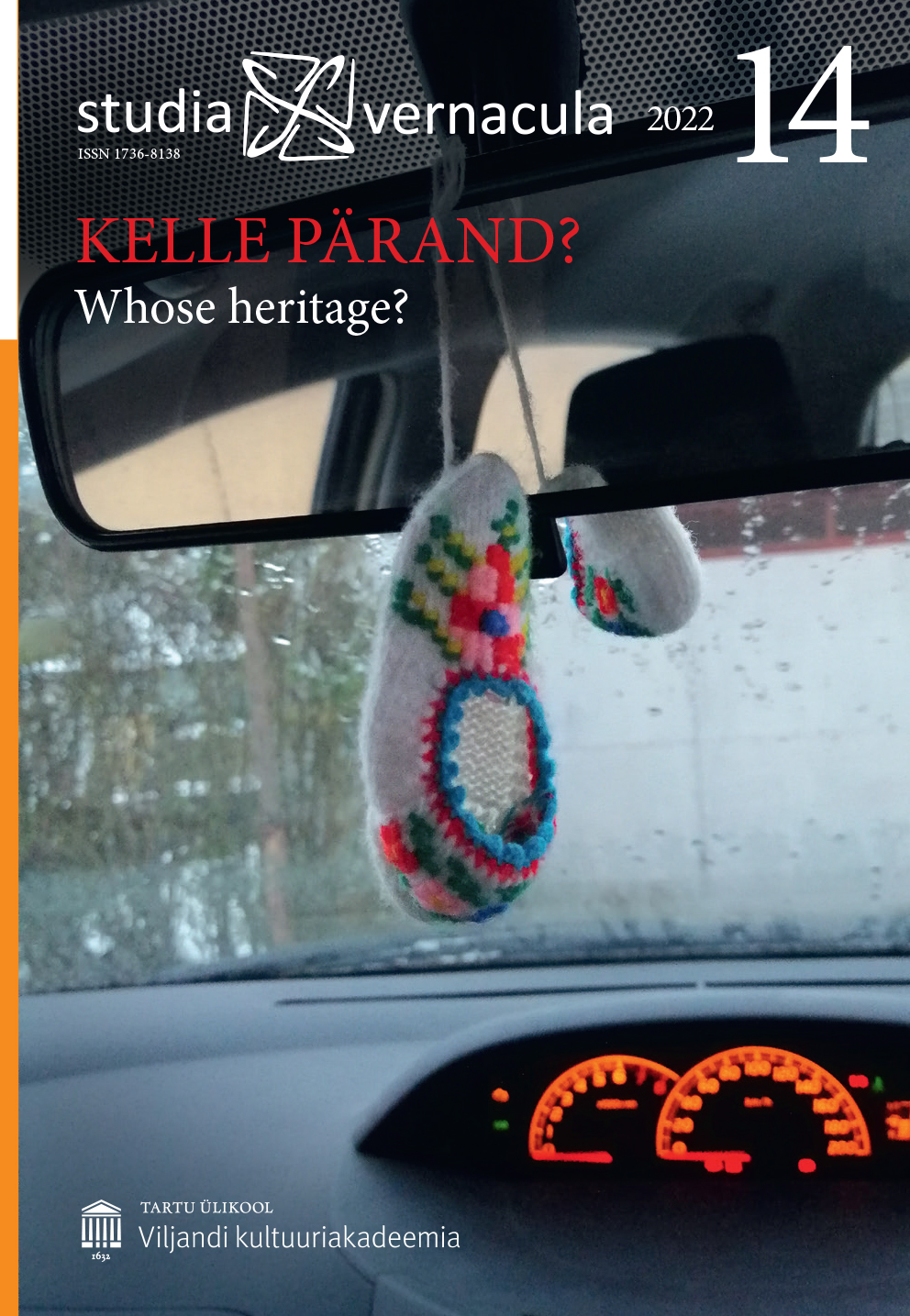Haabjakultuuri kolm kogukonda / Three stakeholder communities of dugout canoes
DOI:
https://doi.org/10.12697/sv.2022.14.224-231Abstract
The skill of building dugout (alternatively: single-log) canoes (in Estonian: haabjas) is an important part of the intangible cultural heritage of Estonia’s Soomaa region and more generally of the Pärnu river basin. At the initiative of Estonian Dugout Canoe Society NGO (MTÜ Eesti Haabjaselts), the building of Soomaa dugout canoes has been included in the UNESCO Representative List of the Intangible Cultural Heritage of Humanity, in addition to Estonian national register of intangible cultural heritage. Soomaa dugout canoe building represents a broader tradition of dugout canoes shared by many Finno-Ugric peoples.
This initiative creates international collaboration opportunities between builders and popularizers of dugout canoes. Recognition of the dugout canoe tradition by UNESCO also supports cultural and nature turism in Soomaa National Park and helps to empower the local community of dugout canoe users, as well as pass the tradition of building dugout canoes to next generations.
In the brief overview, Aivar Ruukel, the spokesperson of the Estonian Dugout Canoe Society describes the three stakeholder communities of dugout canoes: the local inhabitants; the woodcraftsmen who have the skill of making the dugout canoes, and the international community of ancient boat enthusiasts.

